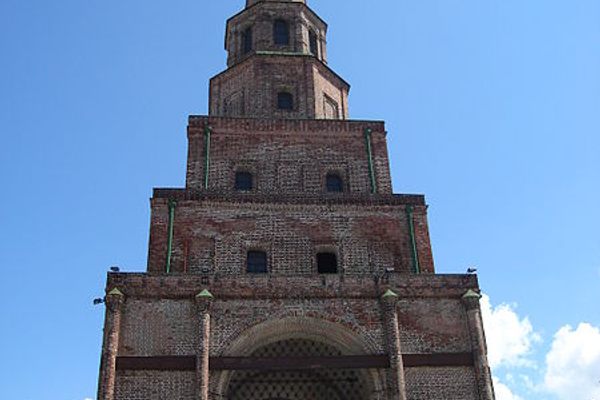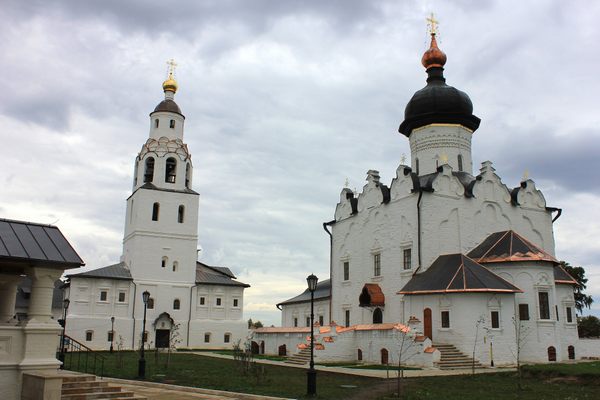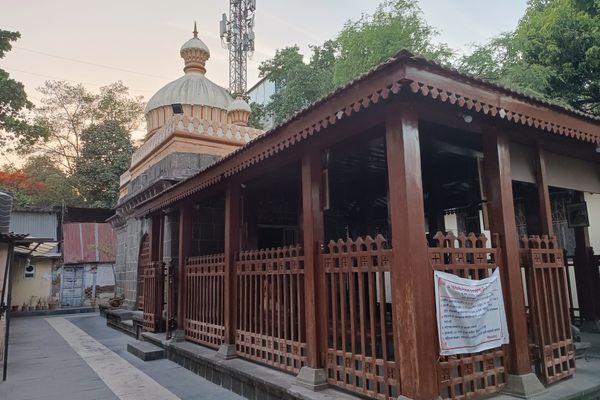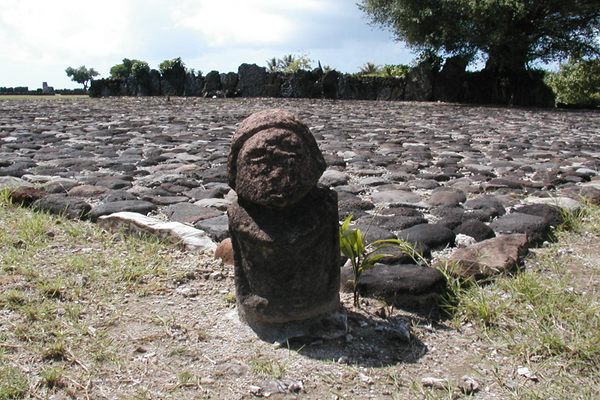In Northwestern Russia, a Disney-like castle seems to magically appear in the town of Kazan. In a passing glance, it seems more like a princess’ legendary palace, but the minarets with crescent moons signal something very different.
Qolşärif Mosque was first constructed in the 16th century in the Muslim-dominated Khanate of Kazan. The people were decidedly different from ethnic Russians, and spoke the Tatar language and practiced Islam. Qolşärif was a massive place of worship in the town and was famed to be the largest mosque in Europe. Built early in the 16th century, the Mosque was a symbol of Tatar strength in the era.
Unfortunately, Ivan the Terrible was gaining power throughout Russia, and eventually came to claim a toll from Kazan. In 1552, he stormed the city and destroyed the monumental mosque. After its fall, Kazan was swept into the larger Russian state, although the Tatar architecture was not all lost in the coming change. Some claim that Qolşärif’s soaring minarets influenced St. Basil’s Cathedral, where construction began only three years after the fall of Kazan.
In 1996, a project began in Kazan to rebuild the Qolşärif Mosque as true to form as possible. Funded partly by Saudi Arabia and the United Arab Emirates, the final project was finished in 2005 and is a splendid wonder. With soaring teal-topped minarets and whitewashed arches, the new mosque connects the old Kazan Khanate with modern Russian and Islamic architecture, and serves to keep the memory of the 16th century mosque alive.























Follow us on Twitter to get the latest on the world's hidden wonders.
Like us on Facebook to get the latest on the world's hidden wonders.
Follow us on Twitter Like us on Facebook